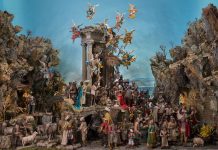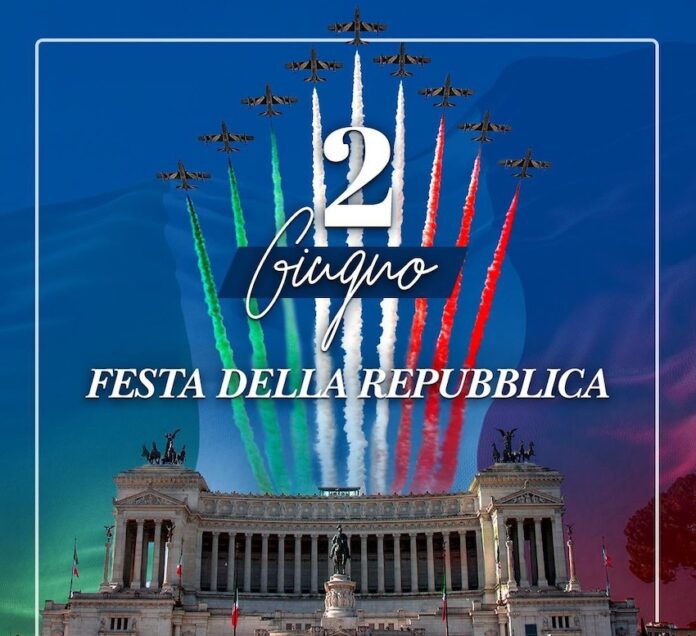Edited by Anna Popper
Republic Day, known in Italy as Festa della Repubblica, is observed every year on the 2nd of June. This day marks the historical institutional referendum in 1946 when Italians voted on their country’s form of government. In a significant move, they chose a republic over monarchy, paving the way for a representative democracy. This referendum was also noteworthy as it was the first time women in Italy were able to exercise their right to vote.
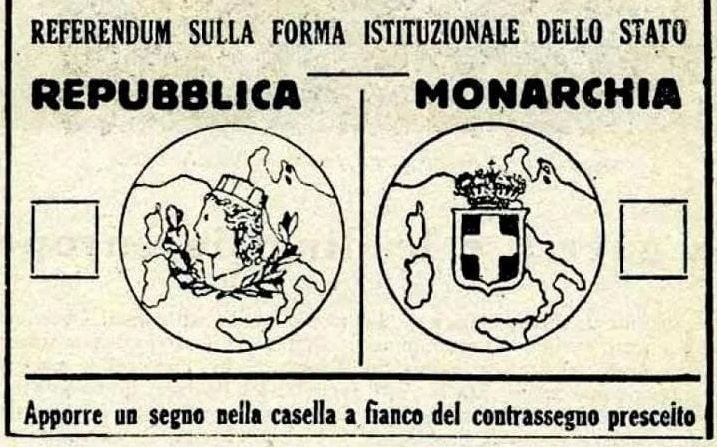
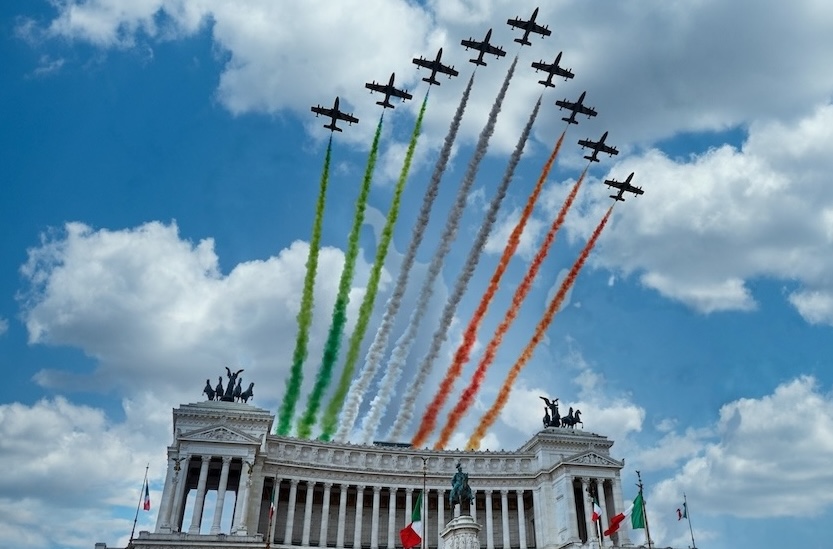
To celebrate this momentous occasion, the Embassy of Italy in Budapest hosted a grand reception at the Italian Cultural Institute, attended by hundreds of guests, including Hungarian officials of political life, members of the diplomatic corps, representatives from economic, business and cultural sectors, as well as Italian nationals and friends of Italy. The event also highlighted the strong ties between Hungary and Italy, a country revered as one of the cradles of European culture, which Hungarians enjoy exploring, discovering its countless treasures during their visits to different regions.
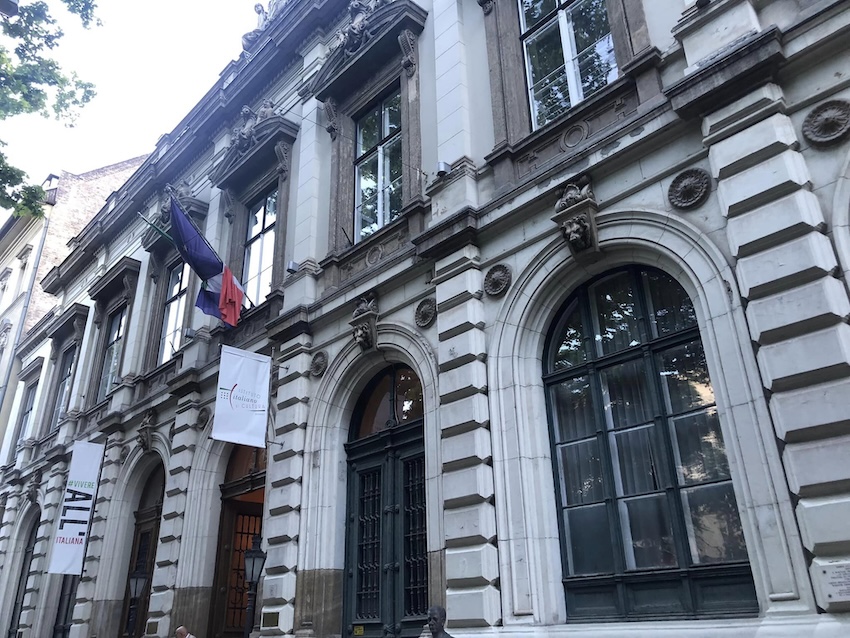

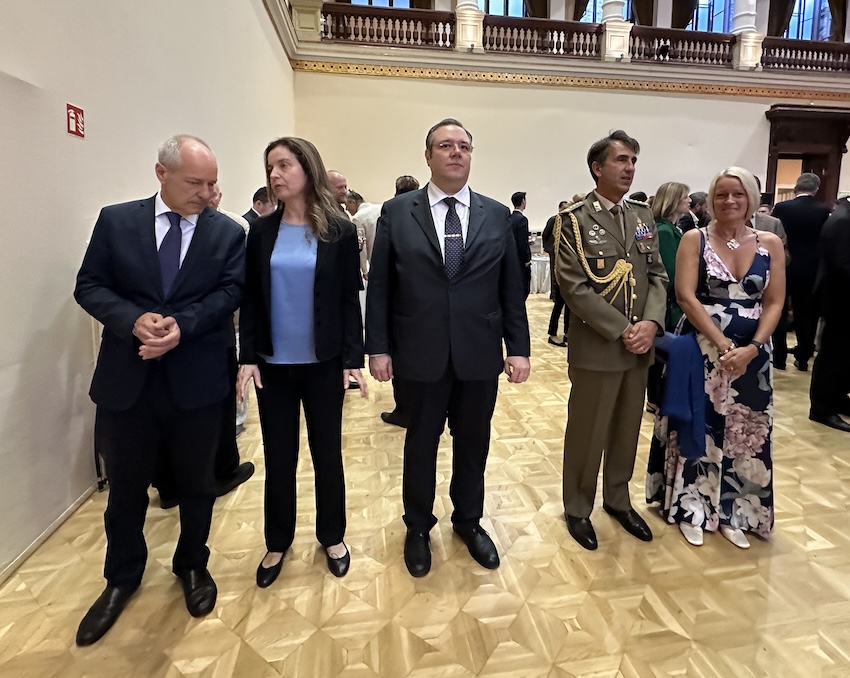

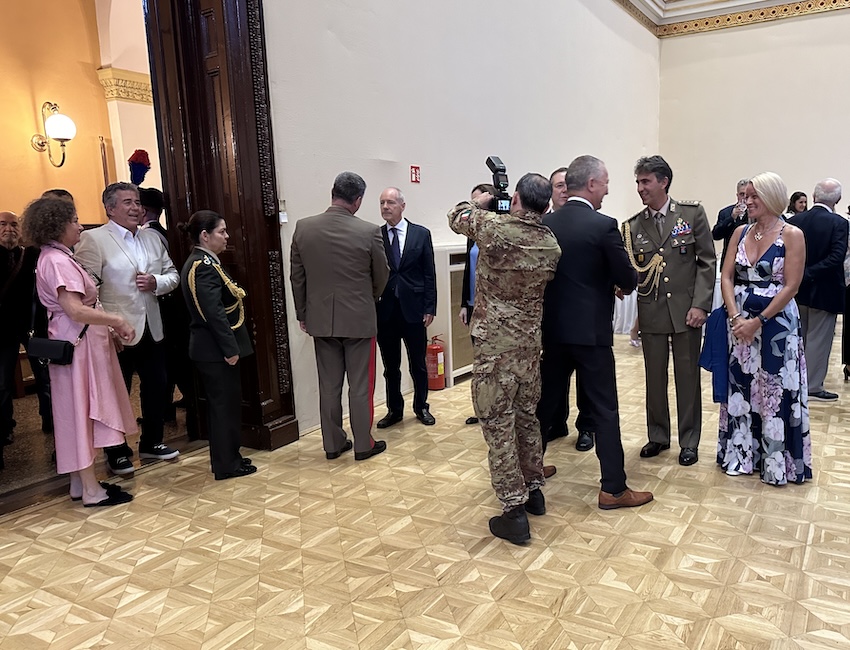
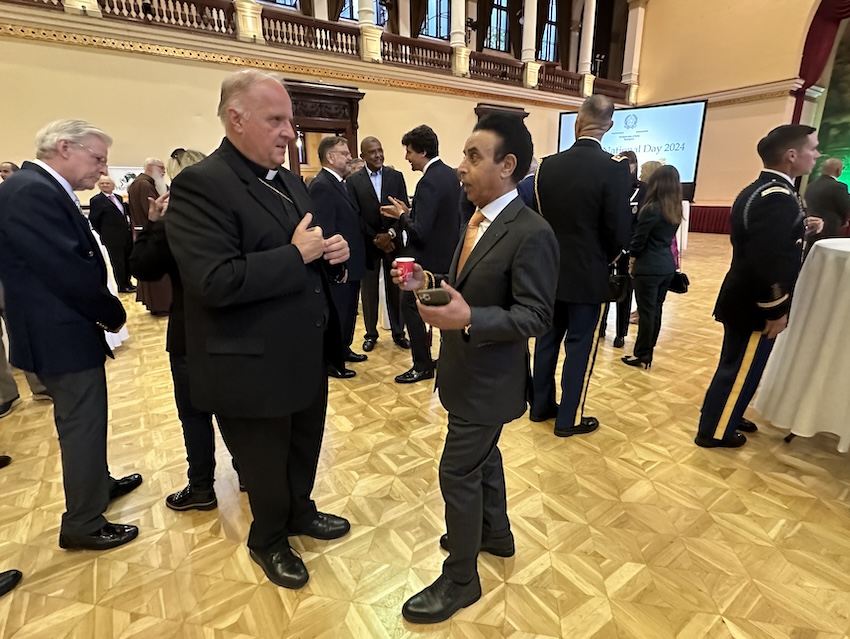
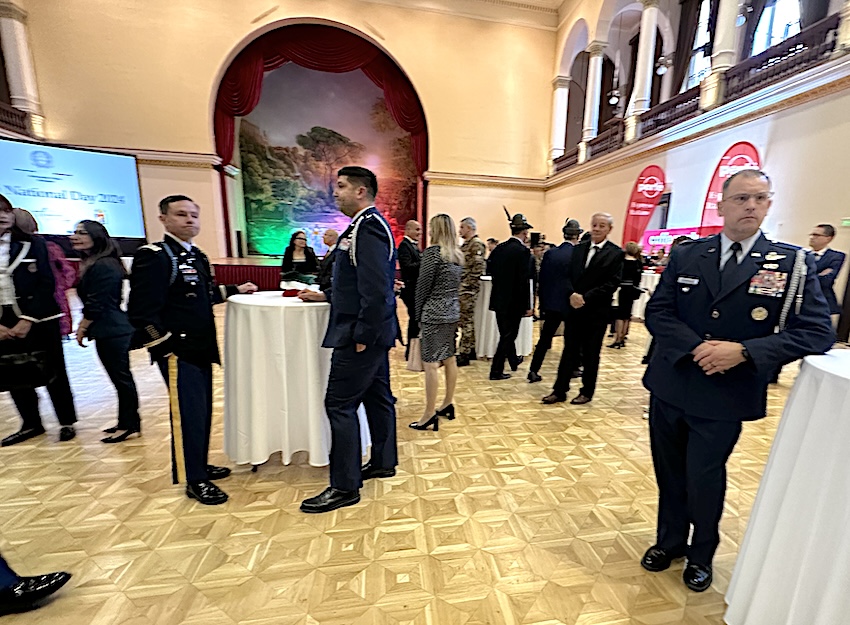
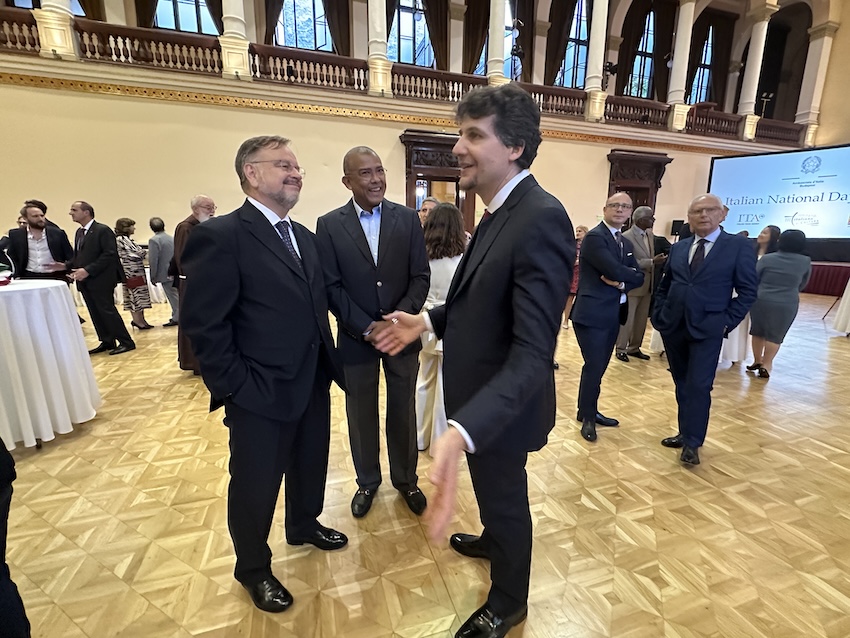
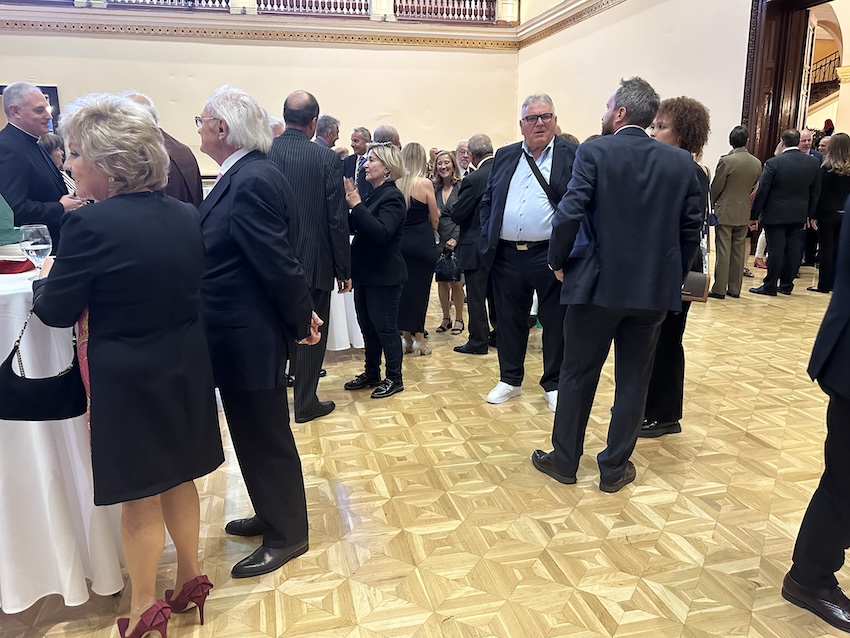
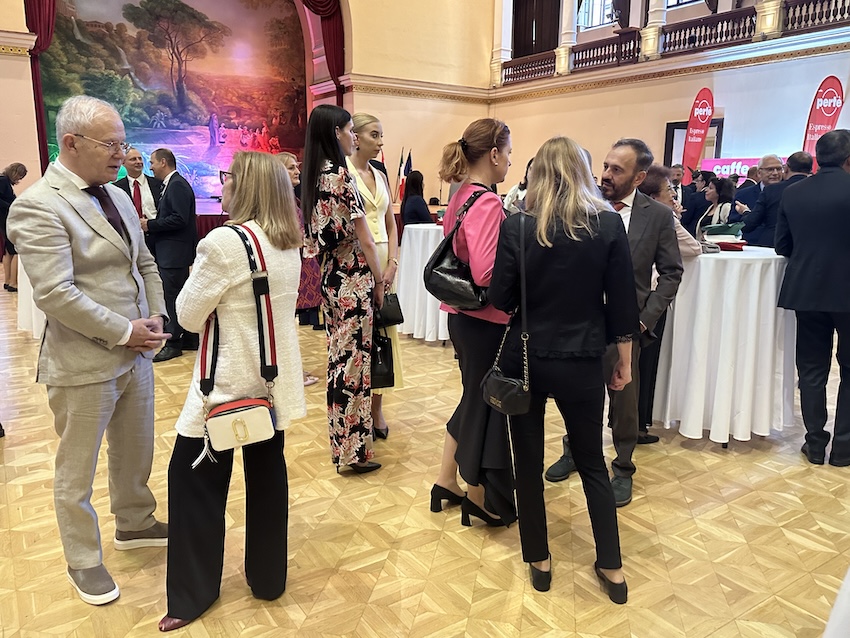
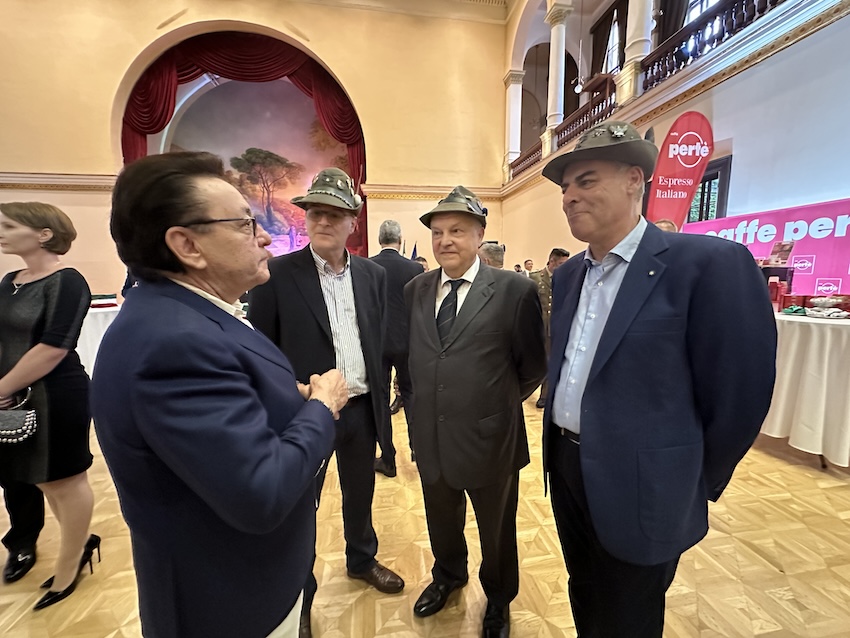
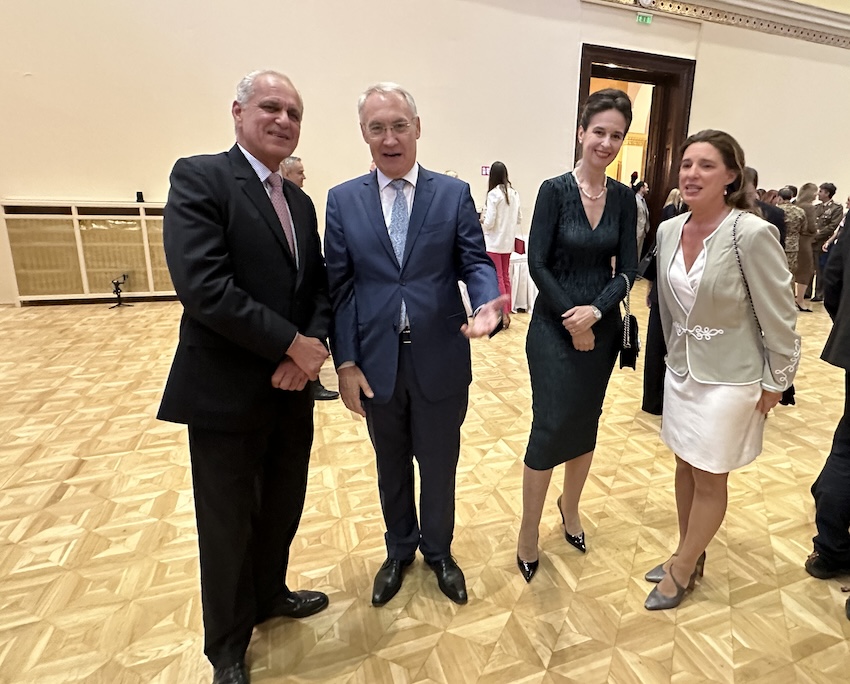
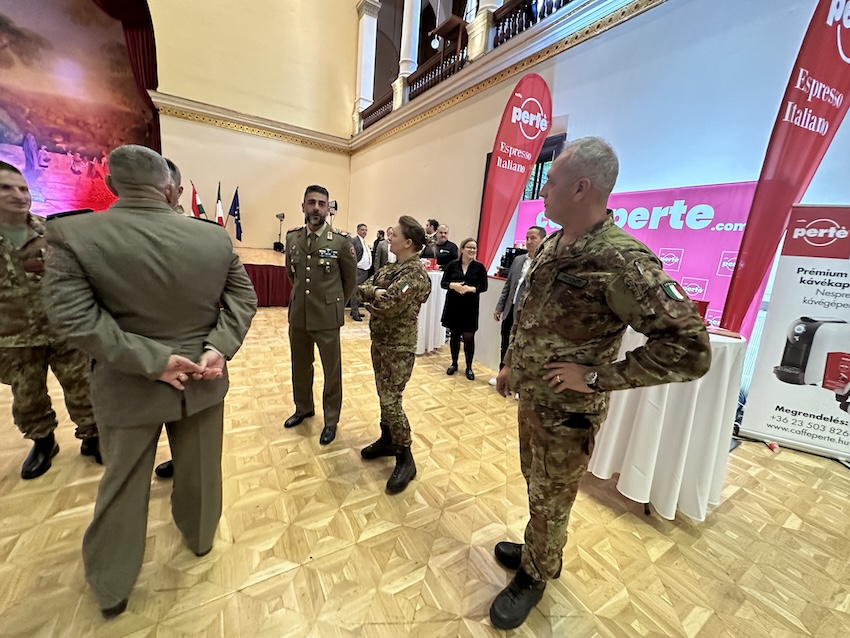
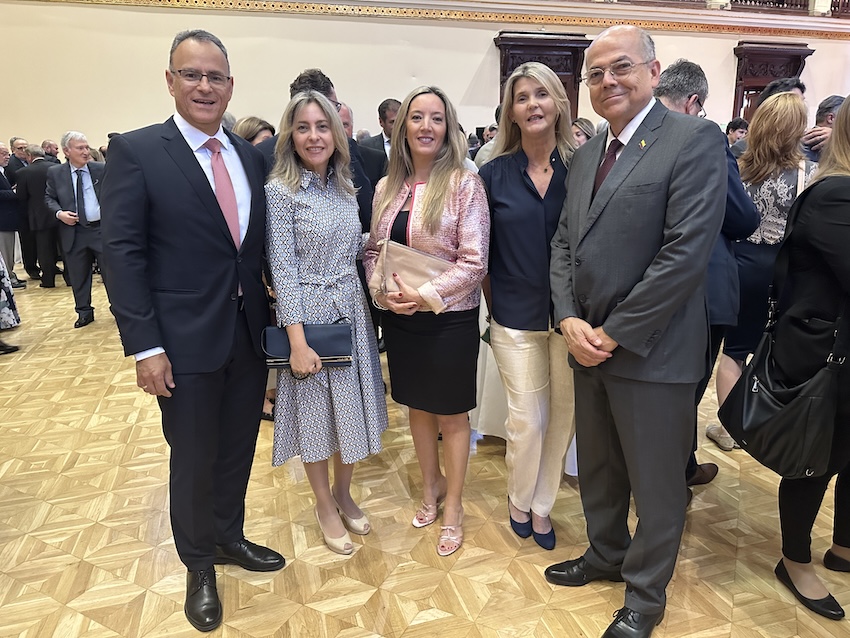
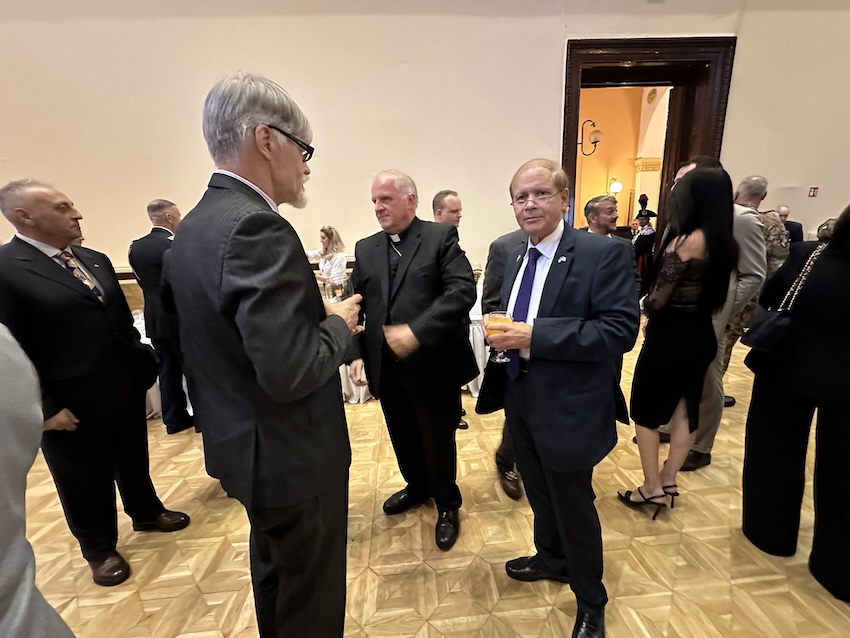
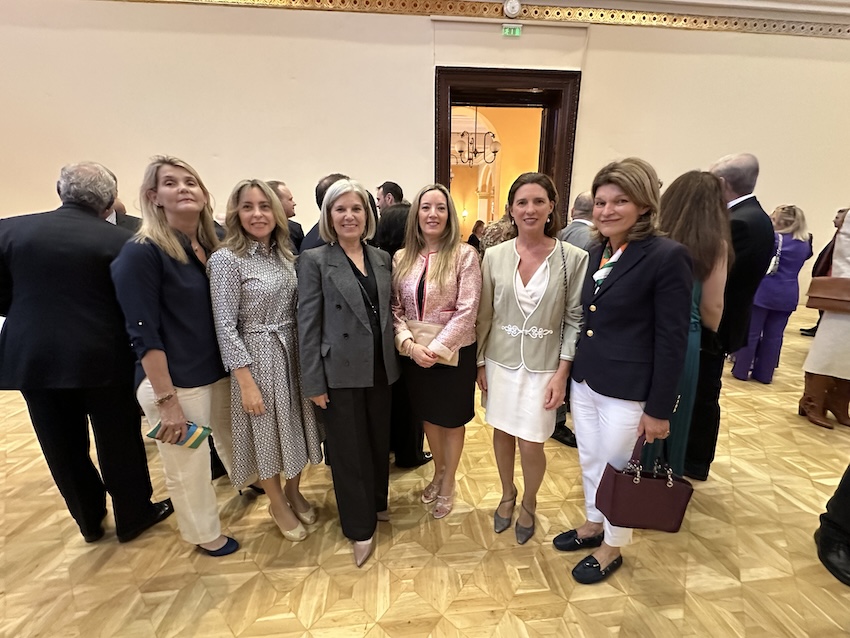
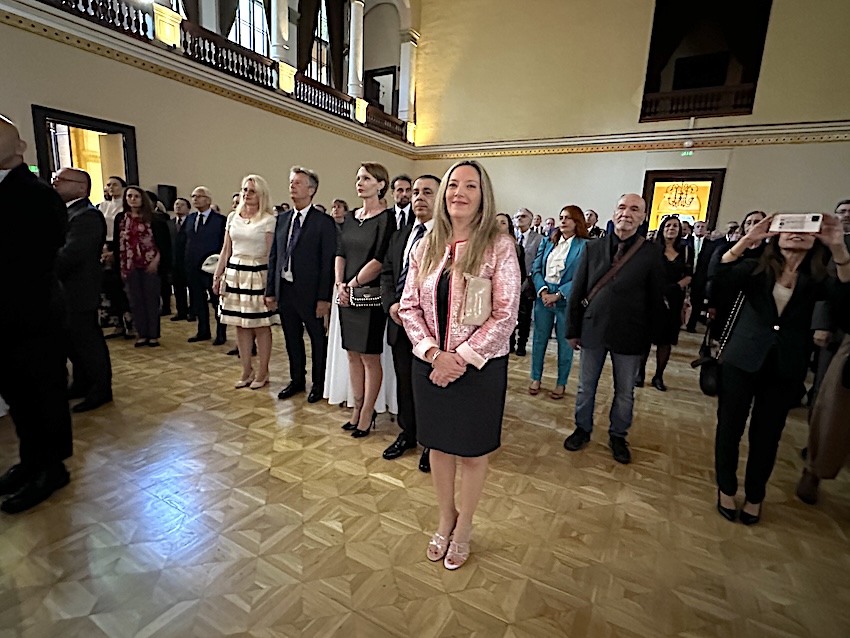
The Festa della Repubblica began with the welcoming remarks of Mr. Gabriele La Posta, Director of the Institute of Italian Culture. This was followed by the playing of the national anthems of Italy, Hungary, and the European Union.
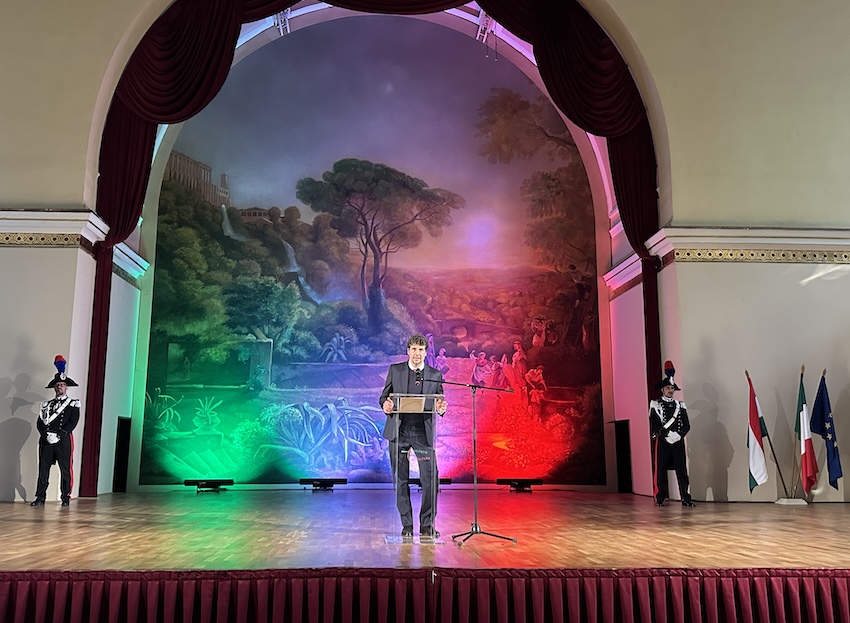
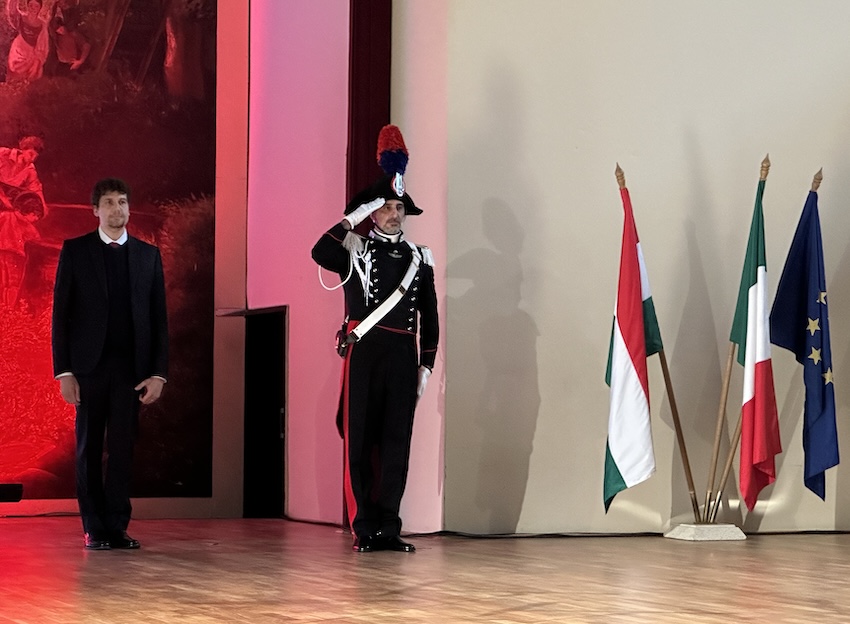
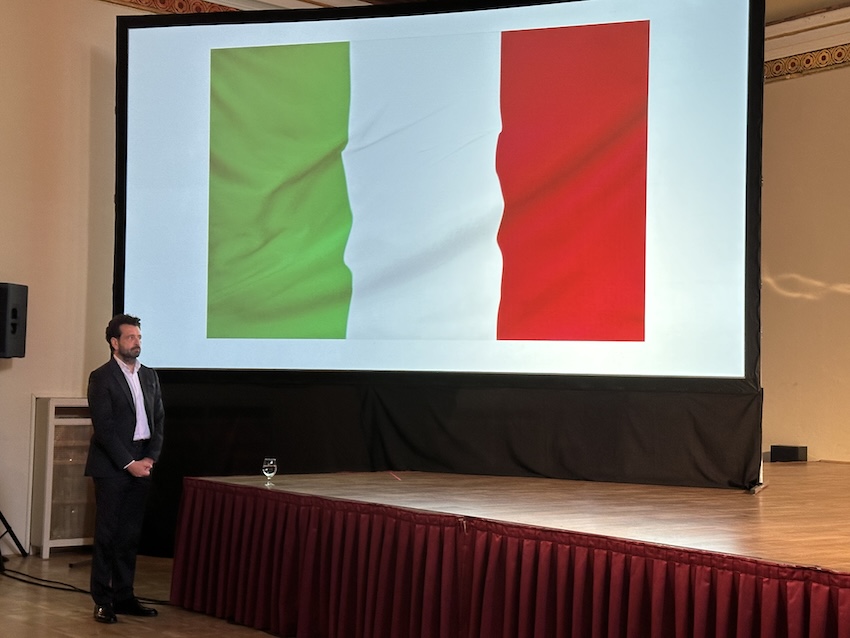
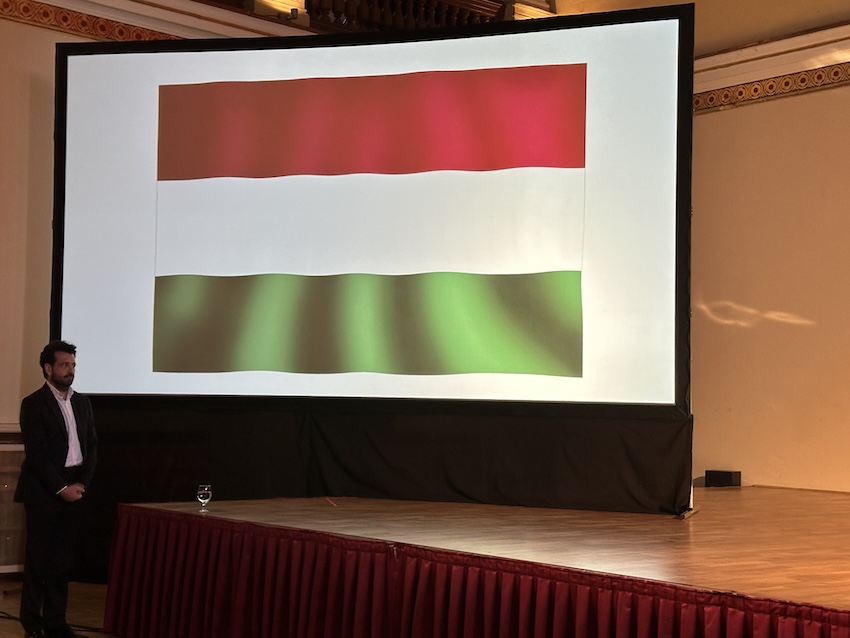
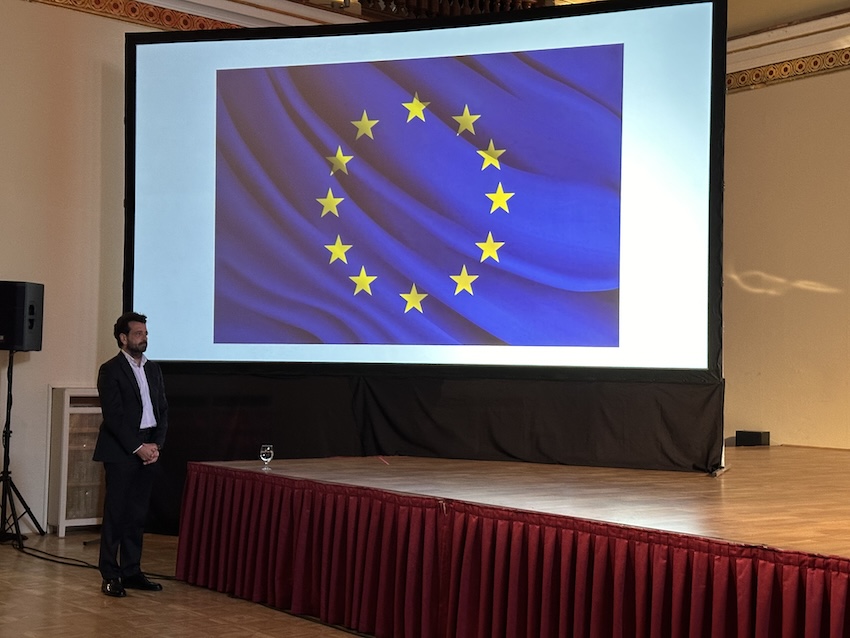
Subsequently, H.E. Manuel Jacoangeli, Ambassador of the Republic of Italy to Hungary, was invited to the stage to deliver his address:
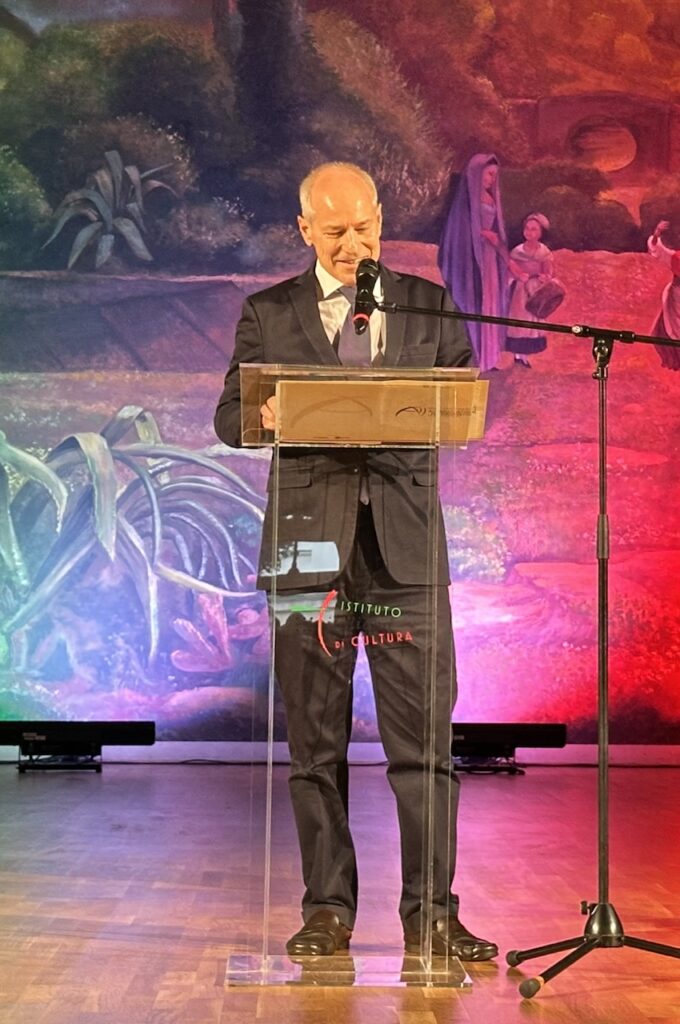
“I am very pleased to welcome you – together with my wife Tanja – to the 78th Anniversary of the Italian Republic in this monumental palace, steeped in history, which, after having served as the seat of the first Hungarian Parliament since the post-war period, has been home to the Italian Cultural Institute in Budapest, thus representing a symbol of friendship between Italy and Hungary.
I extend my greetings to the Hungarian authorities present, my fellow Ambassadors, and the members of the Italian community in Hungary.
National Holidays are primarily an opportunity to take stock of bilateral relations: in this regard, I am very pleased to observe that relations between Italy and Hungary are excellent in all sectors. The Italian Government’s approach is marked by great friendship and a sincere interest in further deepening this close collaboration in the political, economic – where Italy and Hungary are already very important trading partners -, cultural and defence sectors, to name just the main ones. What is more, as part of the NATO operation aimed at strengthening the Eastern flank of the Alliance, an important Italian military contingent operates in Hungary, and I greet its leaders here today.
These are bilateral relations between two partners who share the belief that the European Union represents our common future and who believe in the role of NATO. Believing in the role of NATO also means believing in the development of a Common European Defence, which is not intended to be an alternative to the Atlantic Alliance but, on the contrary, aims to strengthen it by building a more solid and united European pillar.
The crises in Europe – with the ongoing Russian aggression against Ukraine, now in its third year – or on the borders of our continent – with the war in the Middle East – should push us in this direction. We are indeed in an international situation where defending our core values, which are the foundational values and principles of the West, requires heightened commitment and determination from everyone.
In this context, we attach great importance to the imminent Hungarian Presidency of the Council of the European Union. It comes at a particular political and institutional juncture, characterized, precisely, by the war in Ukraine, the crisis in the Middle East and its repercussions in the region, but also by sensitive electoral transitions in friendly countries and the start of the new European institutional cycle in the aftermath of the elections in the coming days. In this context, I extend the most heartfelt wishes of the Italian Government to the Hungarian Authorities for this challenge that awaits them, certain that Hungary will manage the EU Council Presidency in the second half of this year in the best possible way.
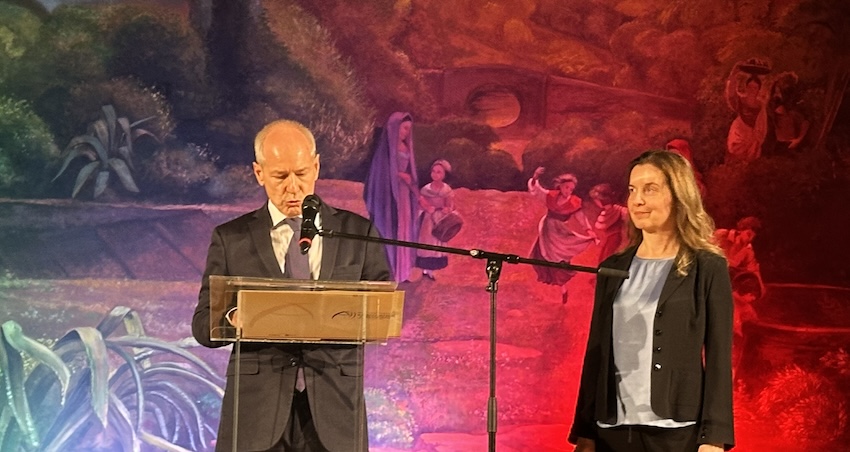
Now, returning to bilateral relations, allow me to underscore how our friends of the Italian community in Hungary have greatly contributed to the historically close and fruitful Italian-Hungarian bilateral relations with their positive initiatives and efforts in all sectors, and have also provided significant support to the growth of this wonderful country that welcomes us. I want to say that each of you also contribute very positively to the image and awareness of the potential of our country in Hungary by expanding your activities with all the mutual benefits that characterise this virtuous process.
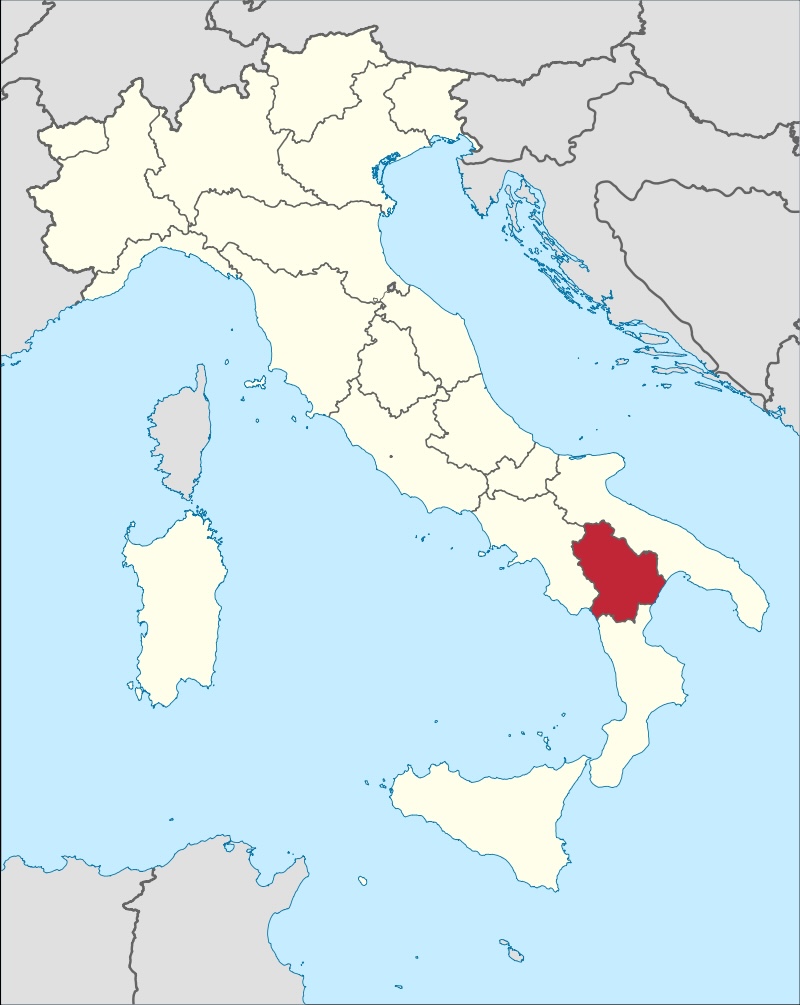
Dear friends, as you know, every National Holiday is also an opportunity for the country and the Embassy to further promote its assets in the economy, industry, agriculture, and, of course, culture. Today we have chosen precisely culture, to which we dedicate this evening with an important initiative, by inaugurating here the exhibition ‘Treasures of Ancient Basilicata’ as part of the project ‘A Tale of Beauty’. The exhibition, open until the end of September, brings to Budapest a piece of the pre-Roman civilisation of an ancient Italic people, the Enotrians, who flourished between the 8th and 5th centuries BC in Basilicata, a region in southern Italy that was then in direct and fruitful contact with the Hellenic world.
You can find pieces that have been specially restored and are being exhibited to the public for the first time. I wish you a pleasant viewing. I thank all those who made this exhibition possible.
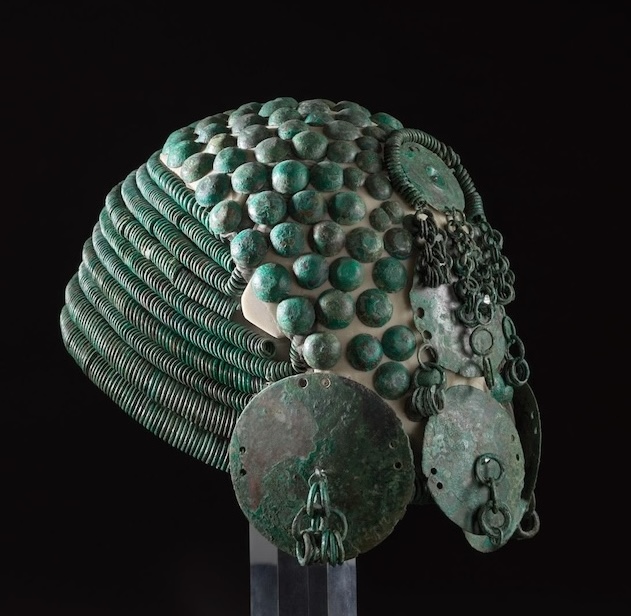
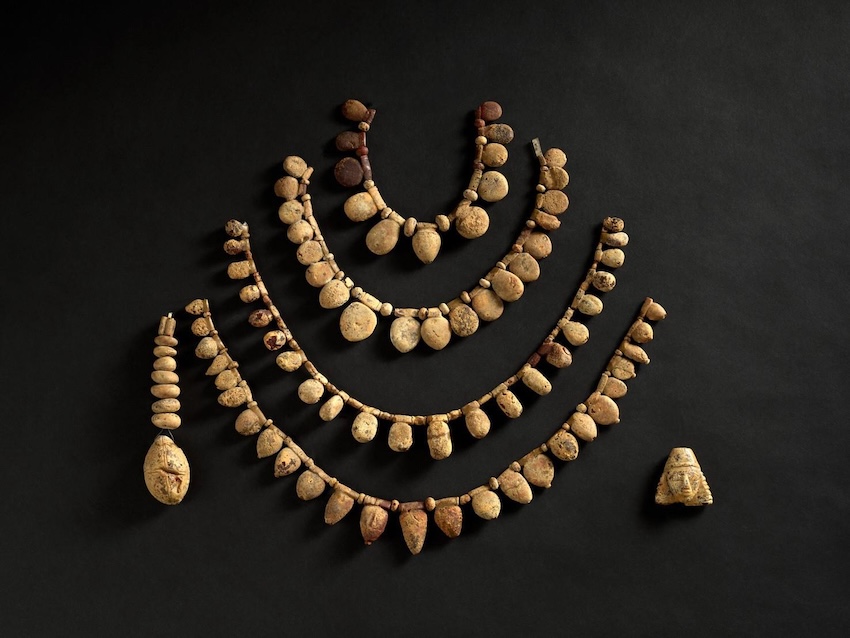
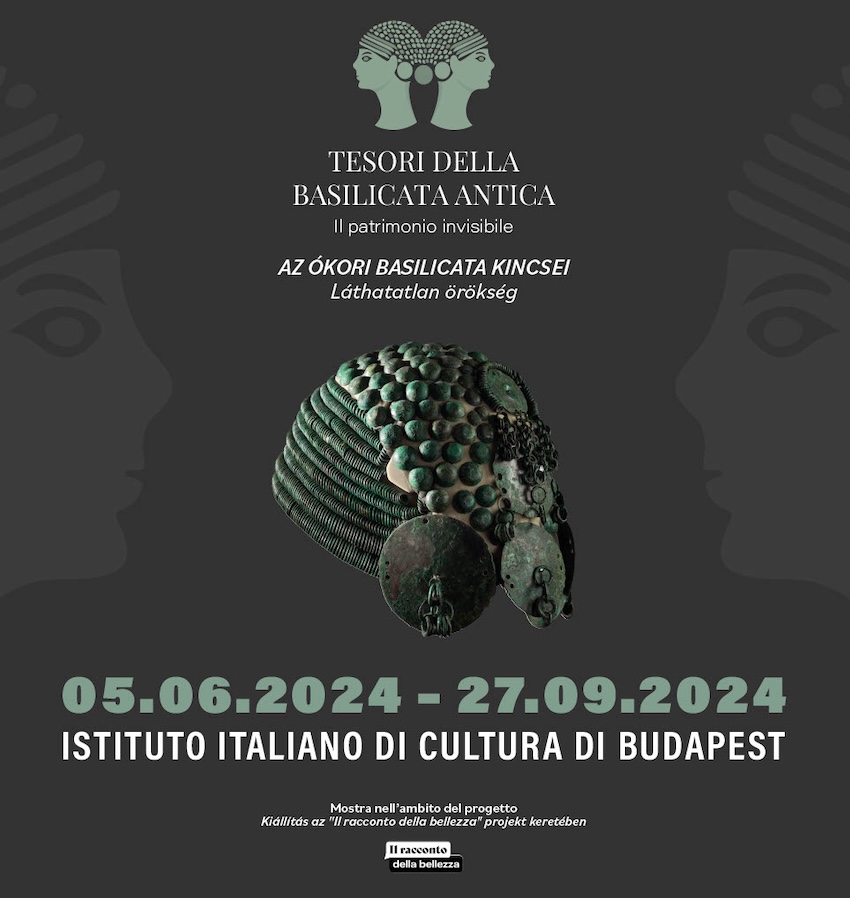
I conclude by wishing everyone a pleasant evening, sincerely thanking the members of the Italian community in Hungary who most directly contributed to the full success of this evening. Long live Italy, long live Hungary!”
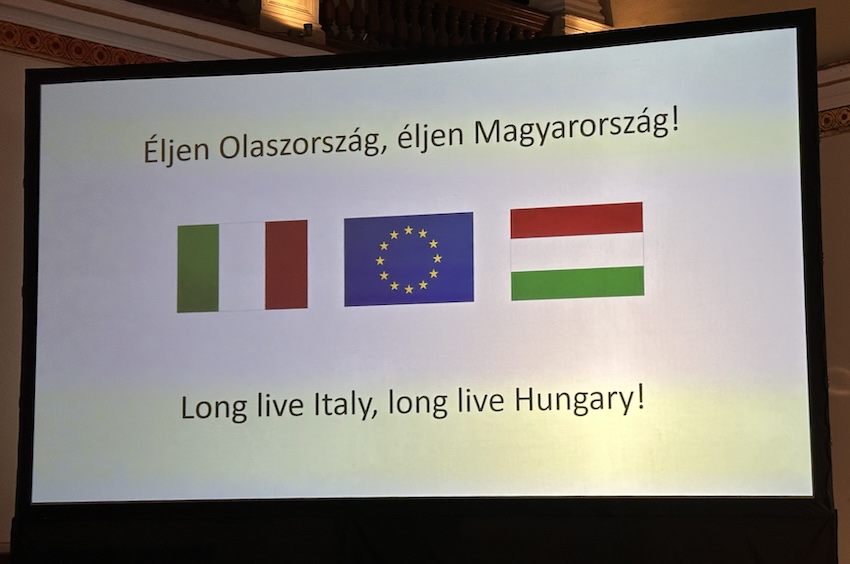
During the reception, guests enjoyed the finest specialties of the world-famous Italian cuisine and wines, generously provided by Italian companies based in Budapest.
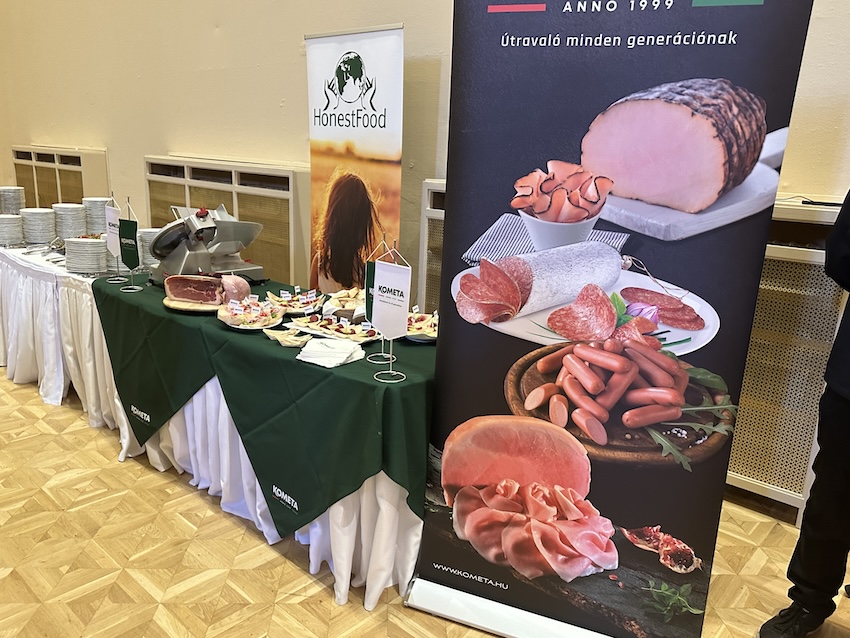


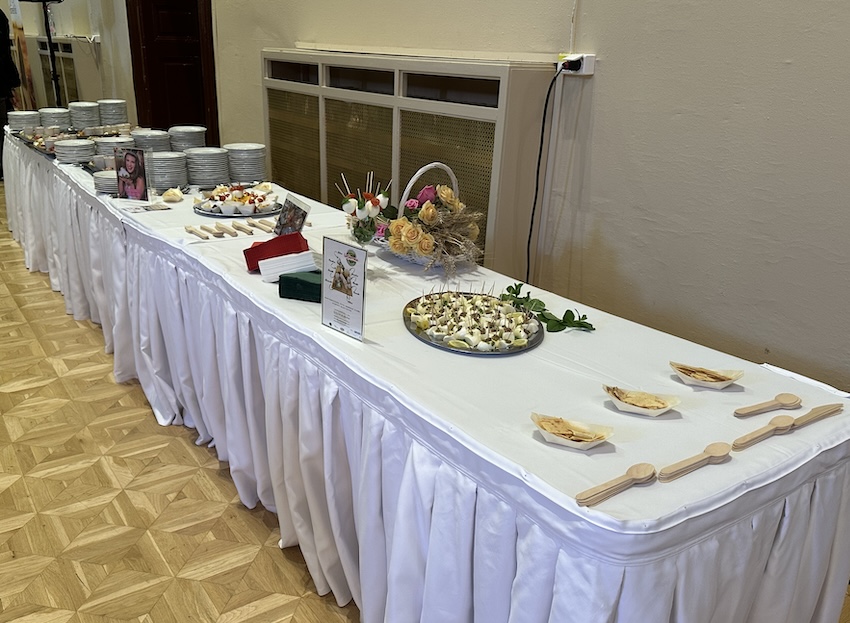



After the reception all guests received a gift package from one of the generous sponsors of this celebratory event.
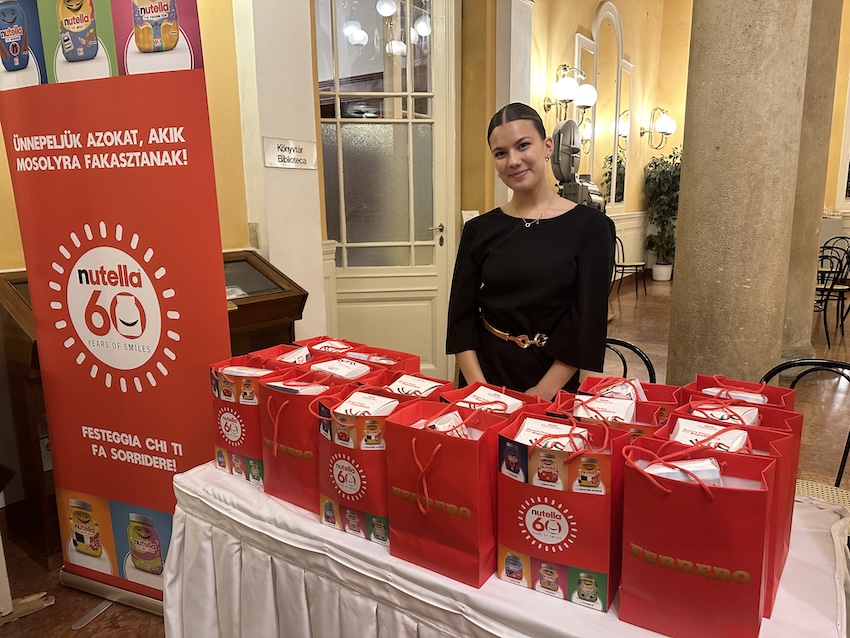
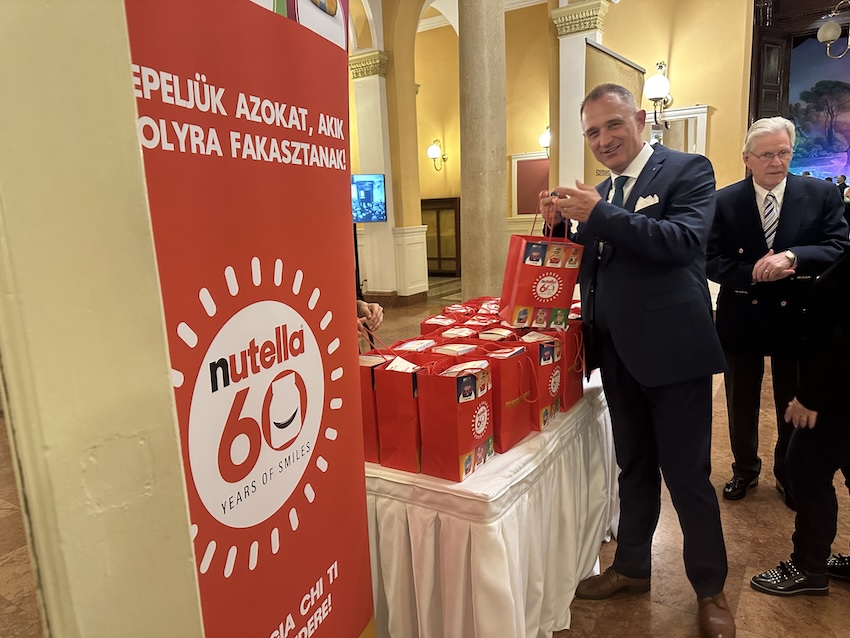
A major highlight of the event was an exhibition entitled ‘Treasures of Ancient Basilicata’, featuring the rich heritage of this lesser-known region of Italy. It is important to mention that the city of Matera in Basilicata was designated European Capital of Culture in 2019, and, to the great joy and pride of the local population, attracted many visitors eager to explore its extraordinary sights and unique attractions.

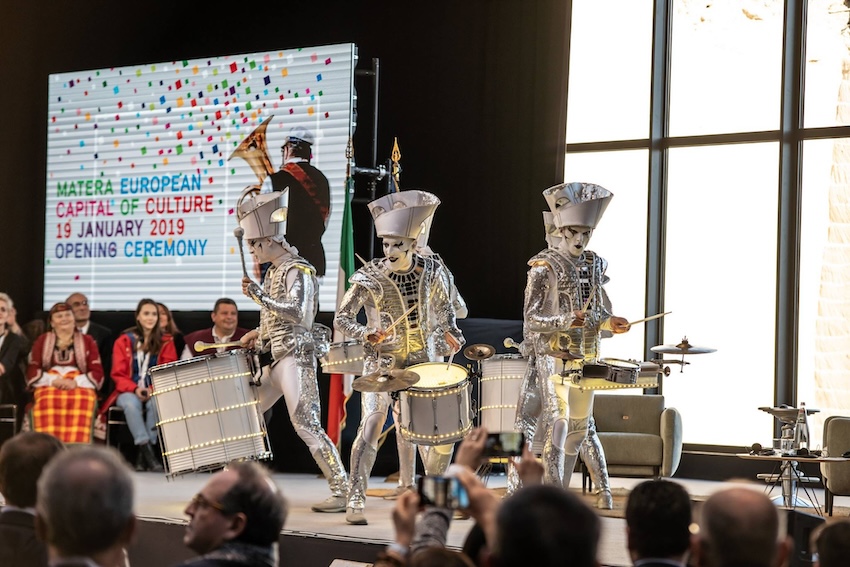
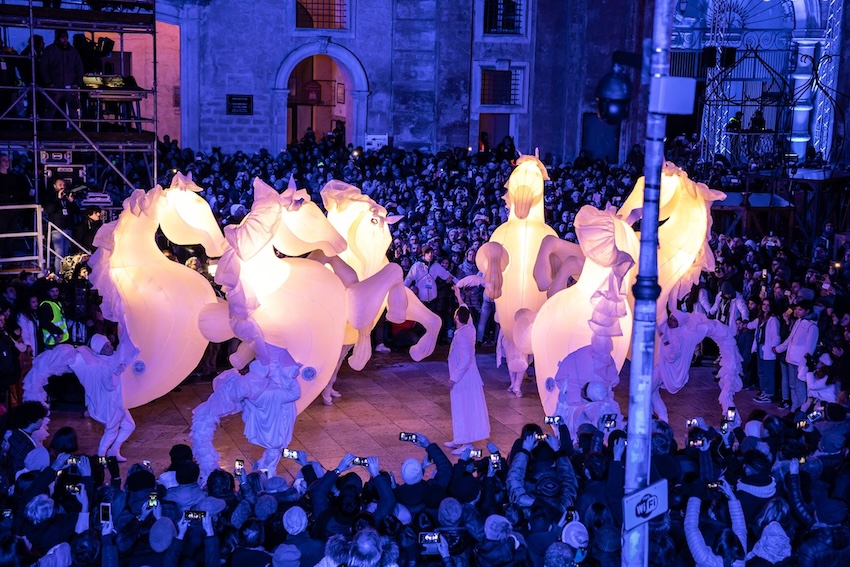
About the Exhibition “Treasures of Ancient Basilicata”
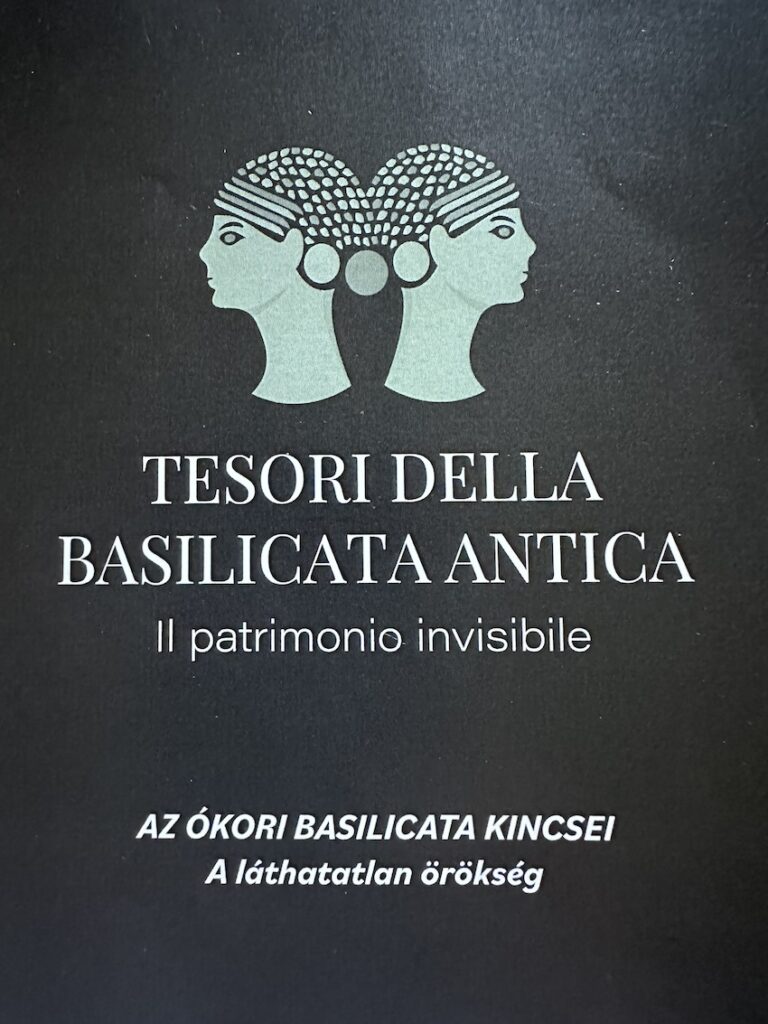
The Tale of Beauty invites us to discover the cultural values and legacy of the Italian peninsula, allowing us to get to know the treasures of the museums of the province of Basilicata, the archaeological finds that make up the invisible heritage of the region, presented by the Museo Nazionale della Siritide, the Museo Archeologico Nazionale di Metaponto and the Museo Archeologico Nazionale “Domenico” in Matera. They are preserved in the collections of Ridola.
The objects restored for this exhibition can now be seen by the public for the first time. The three exhibition units trace the history of ancient Basilicata in the period before the arrival of the Greeks and Lucans, presented to us through the rich archaeological findings that have come to the surface as a result of about 150 years of research.
Our journey of discovery begins at the end of the Bronze Age among the communities around Matera and then continues in the Iron Age among the Choni and the Enotriks: these are Italian peoples who lived in the southwestern part of the area between the 9th and 5th centuries BC. The valuable handicrafts bear witness to the dominant role of these peoples in the region.















About the Enotrian Culture
The Enotrian culture represents the final result of a progressive development starting from the Bronze Age, and it constitutes the outcome of intense exchanges both within and outside the community.
From the end of the 10th century BC, cultural and economic relations intensified with local communities in present-day Puglia, Calabria and Campania, as well as with Greece (Mycenaeans), the Balkan region and central Italy. This gave rise to a dynamic settlement pattern that affected both the inland areas – facilitated by the two major river communication routes, the Agri and Sinni, – and the areas closer to the Ionian coast.
From the end of the 8th century BC, a number of Greek centres on the Ionian coast, such as Sibari and Taranto, and later in the 7th century BC, Metaponto and Siris – known as Magna Graecia – had a strong impact on the indigenous communities. They triggered a series of phenomena leading to a new and complex social and cultural articulation. Like other local populations, the Enotrians also underwent a profound reorganization influenced by Greek culture, while asserting their political role and preserving their cultural identity until the 5th century BC.
From Chiaromonte to Incoronata, from Guardia Perticara to Anelona, including centres near Matera, one can observe wealth, social status and changes in taste, especially through female burial goods, evidenced by jewellery and elaborate hairstyles.
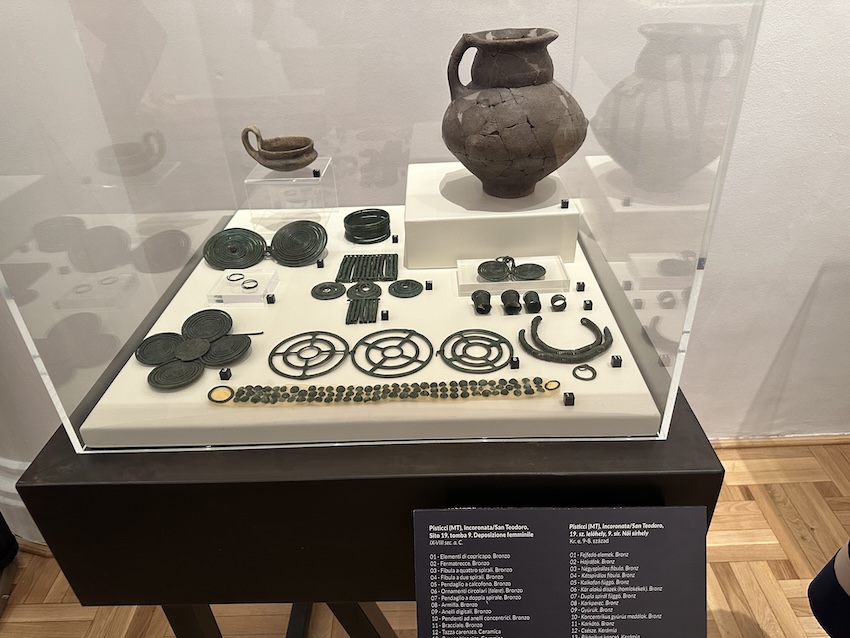
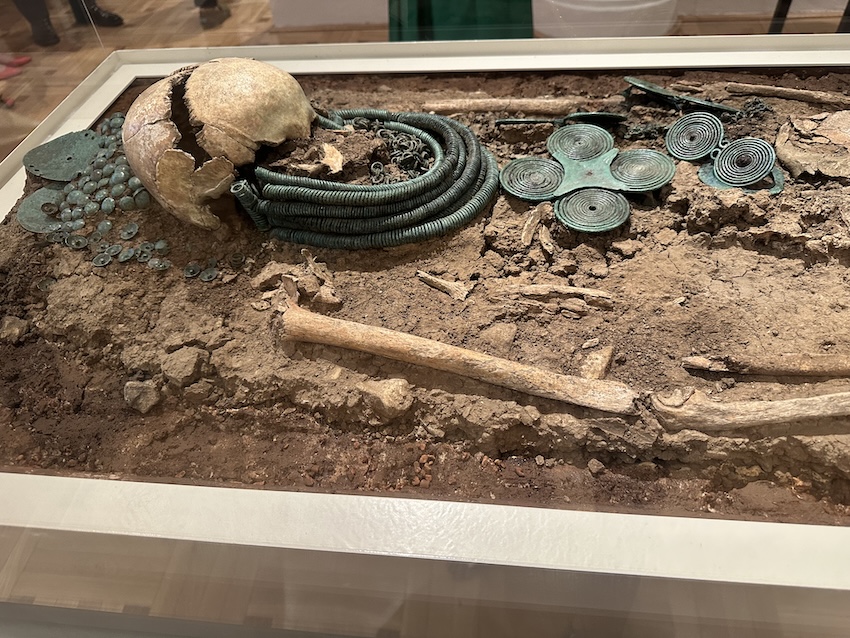
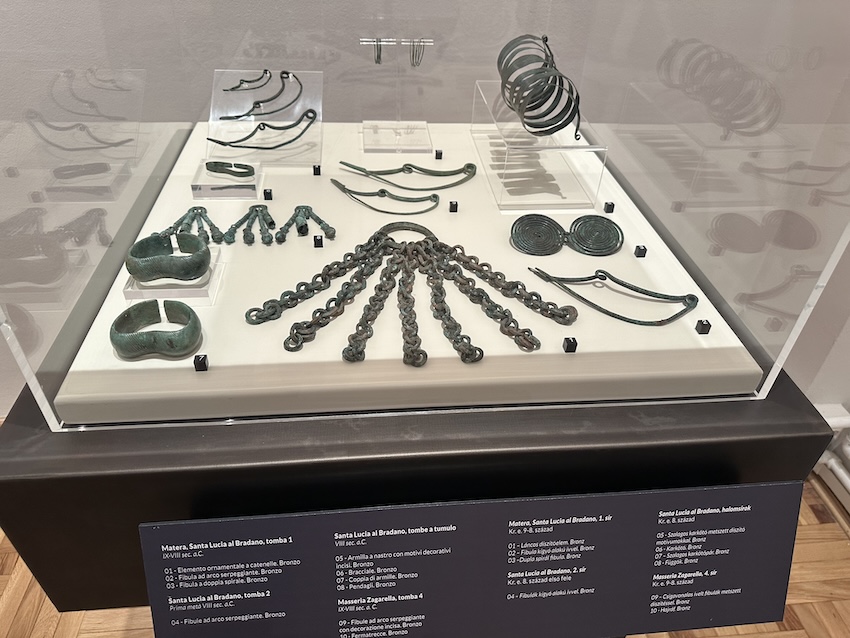

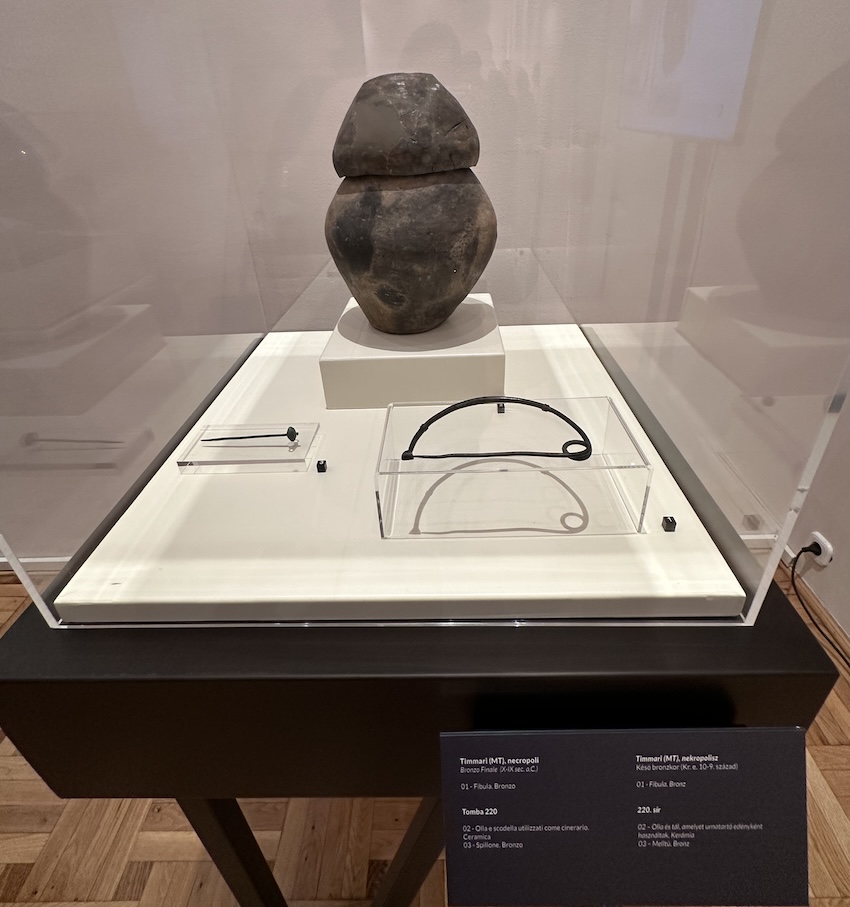

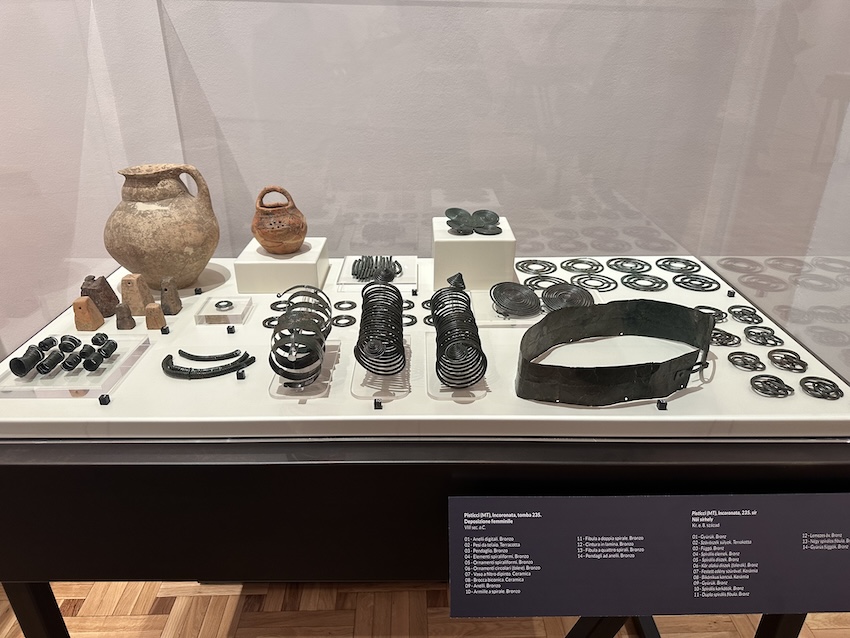


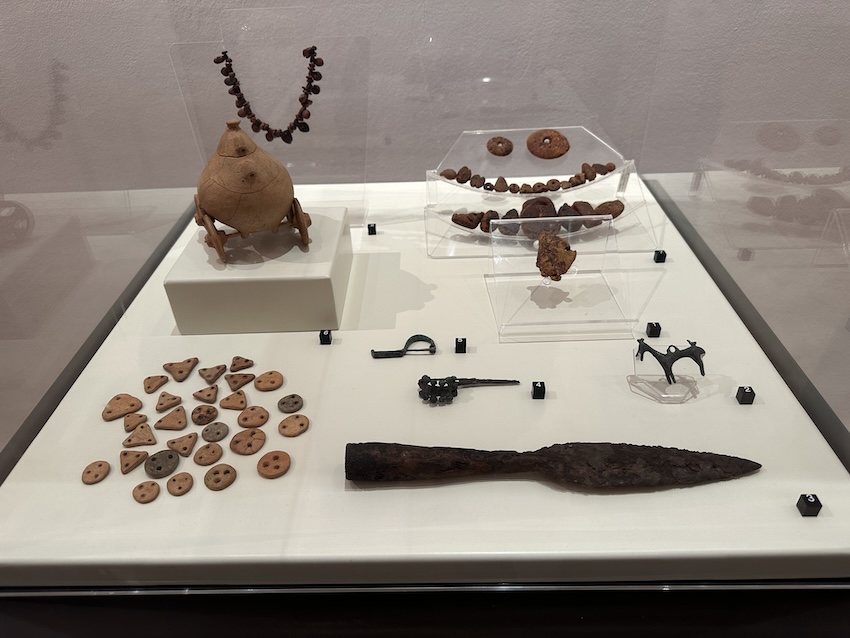
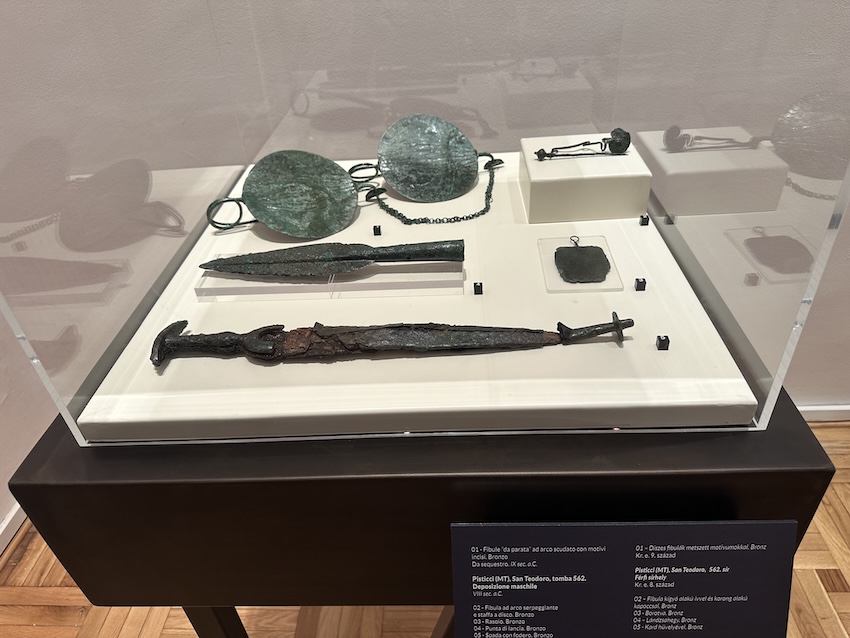
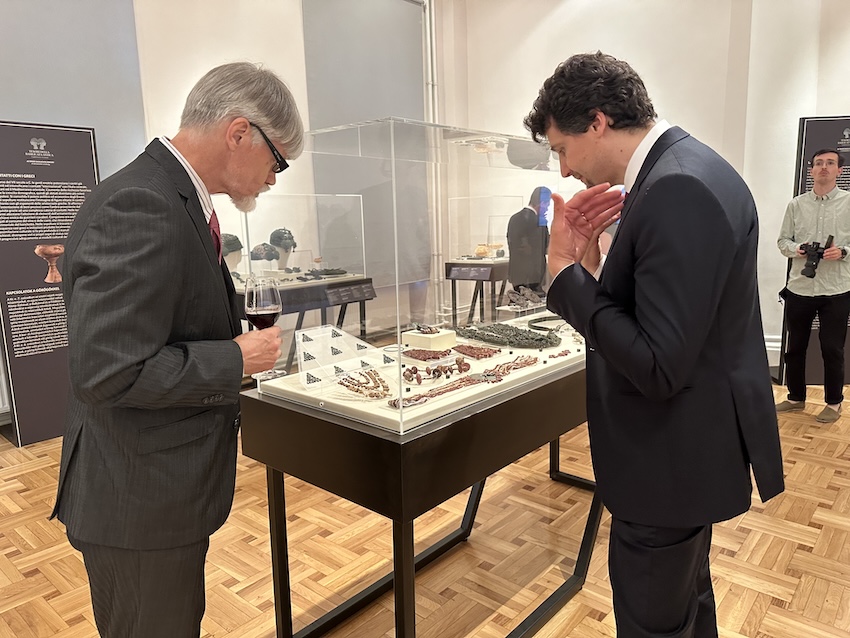
The Tale of Beauty is a traveling exhibition organised with the participation of the most important foreign Italian cultural institutes, as a result of an agreement between the General Directorate of Museums of the Italian Ministry of Culture and the General Directorate of Public and Cultural Diplomacy of the Ministry of Foreign Affairs and International Cooperation. The aim of the project is to promote the Italian cultural heritage preserved in museum warehouses abroad, a discovery route to the treasures, through which they become accessible to an international audience for the first time.
The exhibition “Treasures of Ancient Basilicata” can be viewed at the Italian Cultural Institute in Budapest until 27 September 2024.
Source: Embassy of Italy in Budapest
Photos: Diplomatic Press Agency


